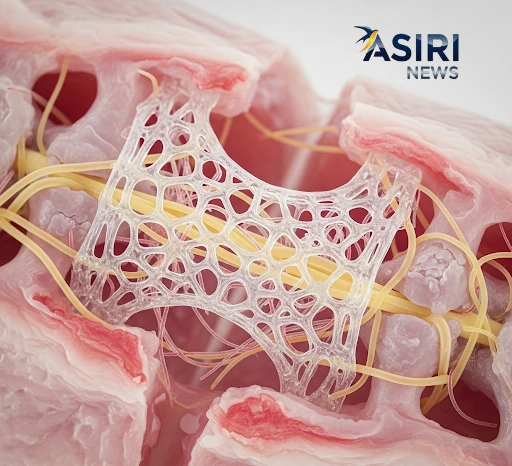In a landmark achievement for regenerative medicine, researchers at the University of Minnesota have unveiled a groundbreaking approach to spinal cord injury that combines the precision of 3D printing with the power of stem cells. The new method, published in the journal Advanced Healthcare Materials, has successfully enabled rats with severe spinal cord injuries to regain motor function. This development offers a much-needed beacon of hope for the more than 300,000 people in the United States alone who live with a spinal cord injury, for which there is currently no known cure.

The core of this breakthrough is a custom-designed 3D-printed scaffold that acts as a physical bridge to span the damaged area of the spinal cord. The scaffold is not just a passive structure; it is meticulously engineered with a series of microscopic, biomimetic channels that are designed to mimic the natural architecture of spinal tissue. This framework is then populated with spinal neural progenitor cells (sNPCs), a type of adult stem cell that can differentiate into various kinds of neural cells needed for nerve regeneration. The scaffold’s unique design provides directional guidance, ensuring that the new nerve fibers grow in the correct orientation to reconnect with the existing neural circuits of the host.
In their study, the researchers transplanted these scaffolds into rats with completely severed spinal cords. The results were compelling: the stem cells successfully differentiated into neurons and extended their nerve fibers in both directions—rostral (toward the head) and caudal (toward the tail)—to form new connections with the host’s existing nerve circuits. Crucially, the new neural tissue integrated seamlessly over time, without significant immune rejection or the formation of scar tissue, which are common hurdles in neural repair therapies. This seamless integration led to a significant functional recovery in the rats, allowing them to regain motor function and walk again.
While the research is still in its early stages and clinical trials on humans are still on the horizon, this advancement represents a major paradigm shift. For decades, the inability of nerve fibers to regrow across an injury site has been a primary reason for permanent disability. This new technology offers a clear pathway to overcome that challenge. Researchers hope to scale up production and continue to refine the scaffold’s design, with the ultimate goal of offering a transformative, personalized therapy for patients with spinal cord injuries.



